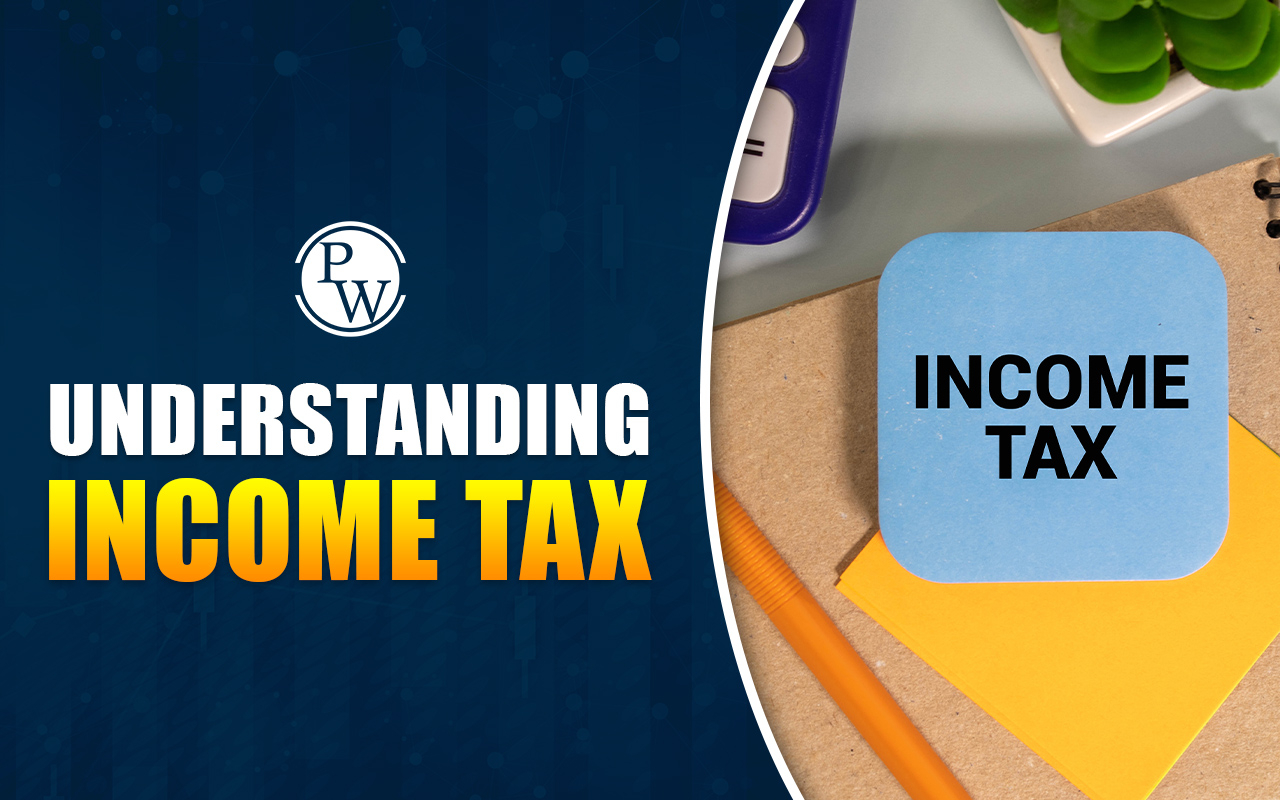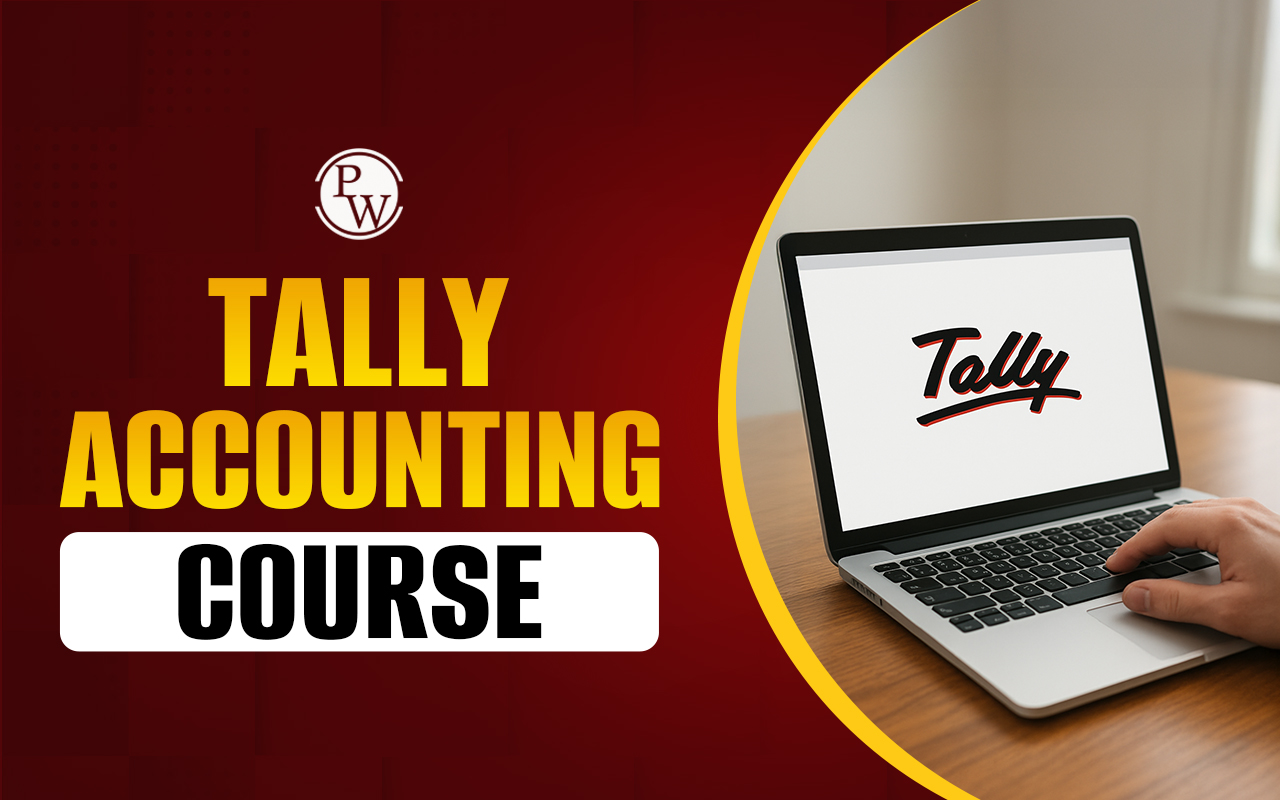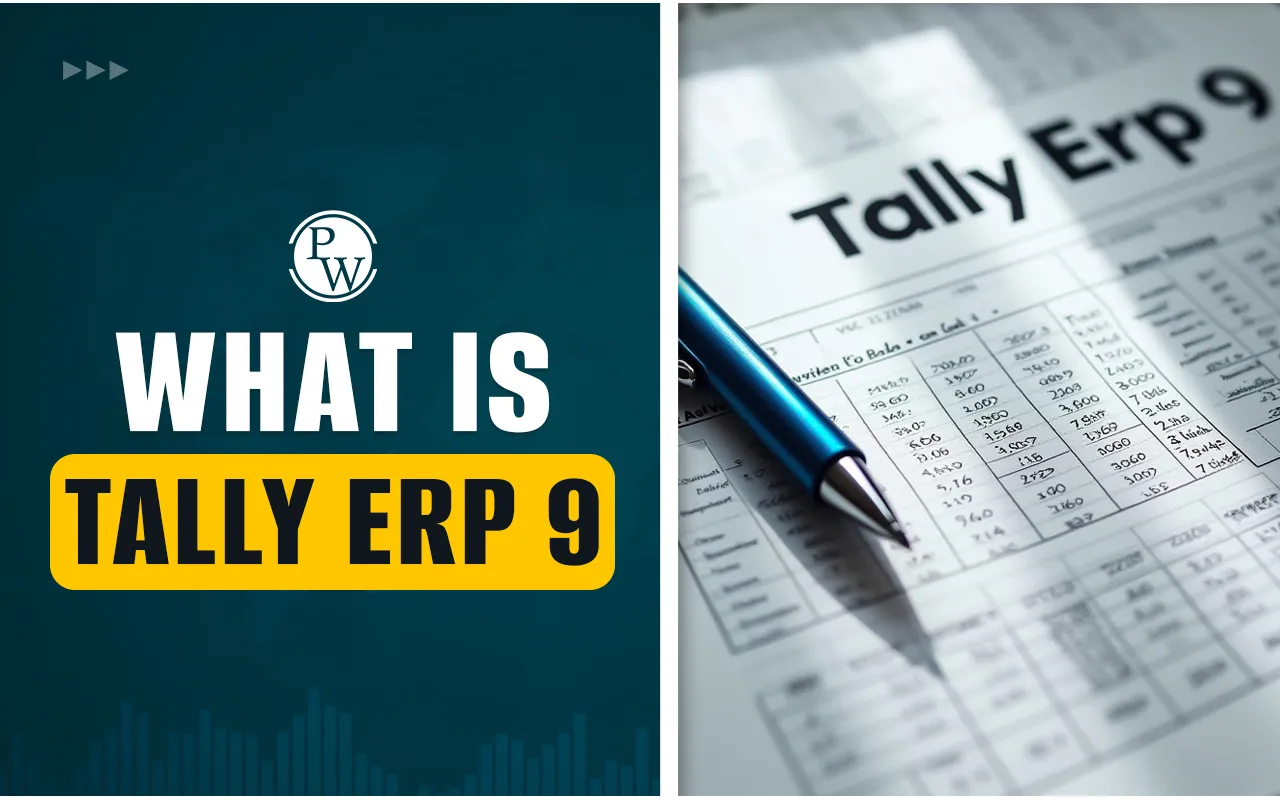
Assets in Accounting: What do you mean by asset, and why is it important in accounting? Assets in accounting are valuable resources a business owns or controls, contributing to revenue generation and financial stability. These can be physical, like equipment, or intangible, like patents.
Understanding asset classification helps businesses manage finances efficiently. Assets are recorded on a balance sheet based on their value and impact on financial decisions. From cash to investments, different types of assets in accounting play a role in business growth. Proper asset management ensures accurate financial reporting and smarter decision-making.
In this guide, we will define assets in accounting, examine their characteristics, explore different types of assets in accounting with relevant examples, and explain their importance in managing business finances.
What are Assets in Accounting?
Assets in accounting refer to resources owned or controlled by a business that have economic value and can generate future benefits. These can be tangible, like cash, inventory, and machinery, or intangible, such as patents and trademarks. Assets are recorded on a company's balance sheet, showing how they are financed—through debt, equity, or direct ownership.
Examples of assets in accounting include current assets (cash, accounts receivable), fixed assets (land, buildings), and financial assets (stocks, bonds). Understanding assets in accounting helps businesses manage finances efficiently and assess their financial health.
Features of Assets in Accounting
Assets in accounting are resources a business owns or controls, providing economic benefits. They have measurable value and play a crucial role in financial management. Below are the main features:
- Ownership and Control: A business must own or have control over an asset, allowing its use, sale, or exchange.
-
Economic Value: Assets have a monetary worth and can be sold, exchanged, or used for revenue generation.
-
Revenue Generation: Assets contribute to business profits, like machinery increasing production capacity.
-
Maintenance and Depreciation: Most assets require upkeep, and their value decreases over time due to wear and tear.
-
Scrap Value: After its useful life, an asset may still have some residual or salvage value.
Read More -What Is Goodwill Accounting?
Types of Assets in Accounting with Examples
Assets in accounting are categorized based on their usage and liquidity. Proper classification helps businesses assess financial stability and make informed decisions. Below are the main types of assets with examples:
1. Current Assets (Short-Term Assets)
These are assets that a business can convert into cash or use within a year. They play a crucial role in managing daily operations and liquidity.
Examples of current assets in accounting:
- Cash and Cash Equivalents – Physical cash, bank deposits, and short-term investments like treasury bills.
-
Accounts Receivable – Money owed by customers for credit sales.
-
Inventory – Raw materials, work-in-progress, and finished goods ready for sale.
-
Prepaid Expenses – Advance payments for services like insurance and rent.
2. Non-Current Assets (Long-Term Assets)
These assets are used for long-term business operations and are not easily converted into cash.
Examples of non-current assets in accounting:
- Property, Plant, and Equipment (PP&E) – Land, buildings, machinery, and vehicles used in business operations.
-
Long-Term Investments – Shares, bonds, and real estate investments held for future financial gains.
-
Long-Term Receivables – Money owed to the company that will be received after more than a year.
3. Tangible and Intangible Assets
Assets can be classified based on their physical presence.
a) Tangible Assets – These have a physical form and can be seen or touched.
Examples: Real estate, machinery, office supplies, and vehicles.
b) Intangible Assets – These lack a physical presence but have value.
Examples: Trademarks, patents, copyrights, and brand recognition.
4. Operating and Non-Operating Assets
Assets are also categorized based on their role in generating revenue.
a) Operating Assets – Used in daily business operations to generate income.
Examples: Machinery, inventory, and office equipment.
b) Non-Operating Assets – Not directly involved in business operations but may still generate income.
Examples: Unused land, short-term investments, and surplus cash.
Understanding the types of assets in accounting helps businesses manage resources efficiently and make informed financial decisions.
Read More - What is Accounting Equation?
Importance of Assets in Accounting
Assets in accounting include everything a business owns that has value. They play a vital role in evaluating financial health, obtaining funding, and guiding business decisions.
Understanding their significance is crucial for effective financial management. Here’s why assets are important in accounting:
1. Measuring Financial Health: Assets provide a clear picture of a company's financial position. A strong balance of current and long-term assets indicates stability and growth potential. Businesses use this information to evaluate their ability to meet expenses and generate profits.
2. Supporting Business Growth and Decision-Making: Knowing what assets a company owns helps leaders decide on expansion, investments, and resource allocation. For instance, underused equipment or property can be repurposed rather than purchasing new assets, helping optimize costs.
3. Attracting Investors and Securing Loans: Lenders and investors assess a company’s assets before approving loans or funding. Businesses with valuable assets, such as real estate or cash reserves, are more likely to secure favourable loan terms and attract investors.
4. Managing Depreciation and Asset Value: Certain assets, like machinery and buildings, lose value over time. Tracking depreciation helps businesses understand the true worth of their assets and plan for replacements or upgrades when needed.
5. Financial Reporting and Compliance: Assets form a key part of financial statements, especially the balance sheet. Proper asset classification improves transparency, helping businesses comply with accounting standards and make informed financial decisions.
Understanding the importance of assets in accounting ensures better financial management, strategic growth, and long-term business success.
Difference Between Assets and Liabilities
In accounting, assets represent what a business owns, while liabilities are what it owes. Assets provide financial benefits and help generate income, whereas liabilities are obligations that need to be repaid. Both are recorded on a company's balance sheet but serve opposite functions. Here are key differences between assets and liabilities:
|
Assets vs. Liabilities: Key Differences |
||
|
Feature |
Assets in Accounting |
Liabilities in Accounting |
|
Definition |
Resources owned by a business that hold value and contribute to generating income. |
Debts or obligations a business must settle in the future. |
|
Ownership |
Belong to the business and are used for operations and investment. |
Represent amounts owed to creditors, lenders, or suppliers. |
|
Types |
Classified as current (short-term) and non-current (long-term) assets. |
Divided into current liabilities (short-term) and non-current liabilities (long-term). |
|
Effect on Cash Flow |
Contribute to cash inflows by generating revenue. |
Lead to cash outflows as they require repayment. |
|
Depreciation |
Fixed assets lose value over time due to wear and tear. |
Liabilities do not depreciate. |
|
Balance Sheet Placement |
Listed on the right side of the balance sheet. |
Listed on the left side of the balance sheet. |
|
Accounting Treatment |
An increase in assets is recorded as a debit; decrease as a credit. |
An increase in liabilities is recorded as a credit; a decrease as a debit. |
|
Formula |
Assets = Liabilities + Shareholders’ Equity. |
Liabilities = Assets - Shareholders’ Equity. |
|
Examples |
Cash, buildings, machinery, inventory, and patents. |
Bank loans, accounts payable, wages payable, and taxes owed. |
Assets in accounting help businesses grow by generating income, while liabilities represent financial commitments that must be managed carefully. A proper balance between assets and liabilities is essential for financial stability.
Furthermore, understanding assets in accounting is essential for analyzing financial health, making informed decisions, and managing business resources effectively. This knowledge is crucial for anyone pursuing a career in accounting, as it helps in evaluating financial statements and planning for growth.
Learn Accounting and Taxation with PW (PhysicsWallah)
The PW Accounting and Taxation Online Course, designed with PwC India, is a 4-month program covering finance, tax, and accounting concepts. It includes hands-on training in Zoho Books and Excel, providing practical knowledge and industry insights. Sign up for the PW Accounting and Taxation Online Course to enhance your skills today!
FAQ
What do you mean by an asset in accounting?
What are the types of assets in accounting?
Can you give some examples of assets in accounting?
What is the main difference between assets and liabilities?
Why are assets important in accounting?










